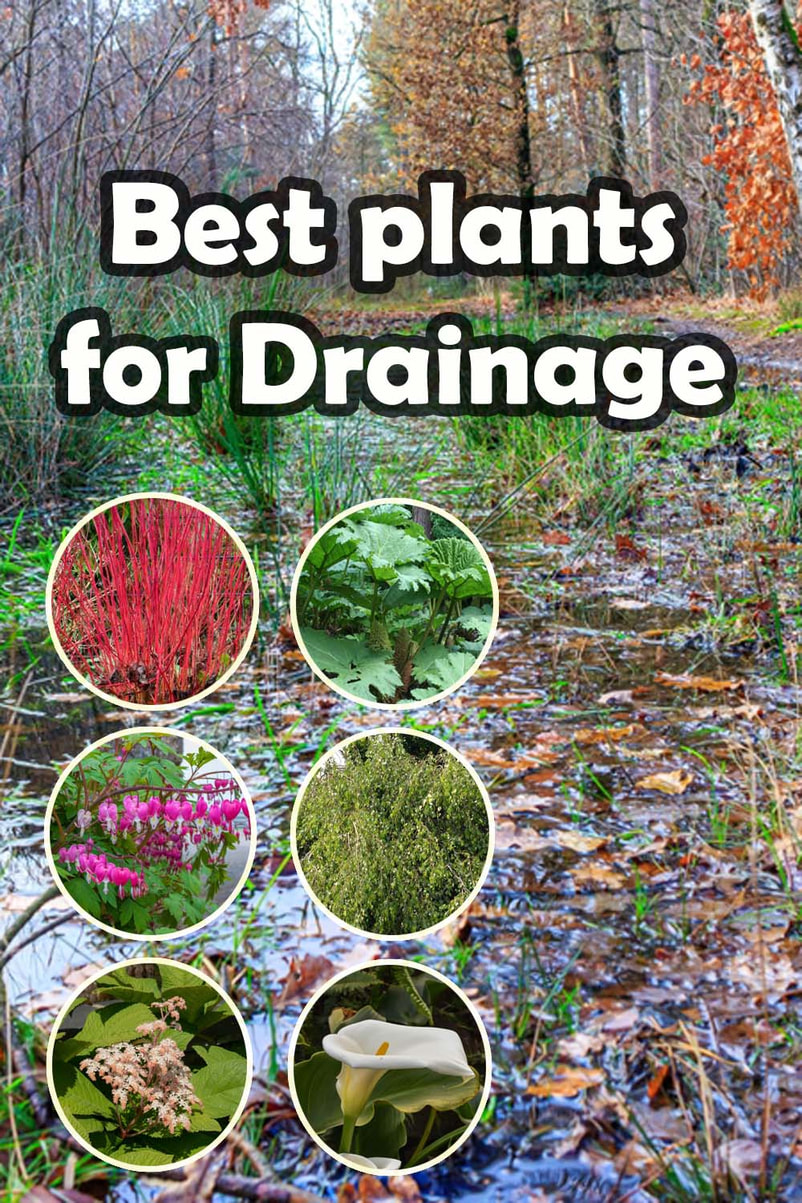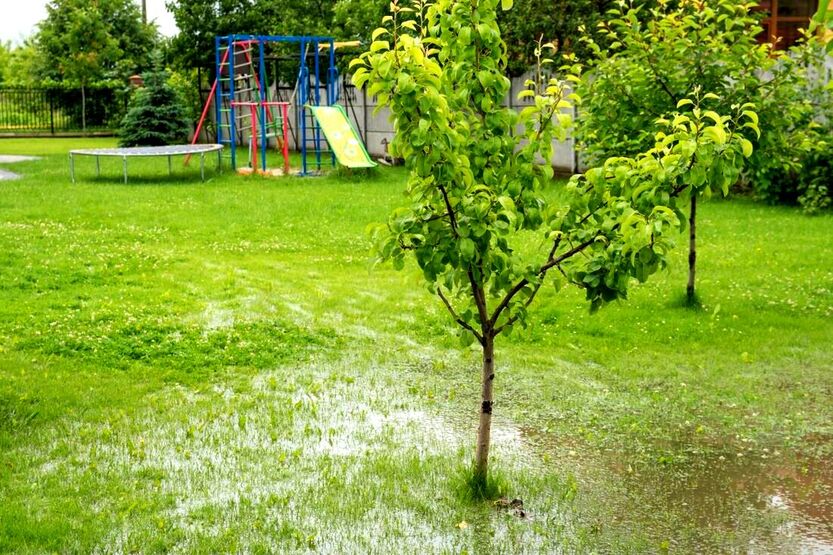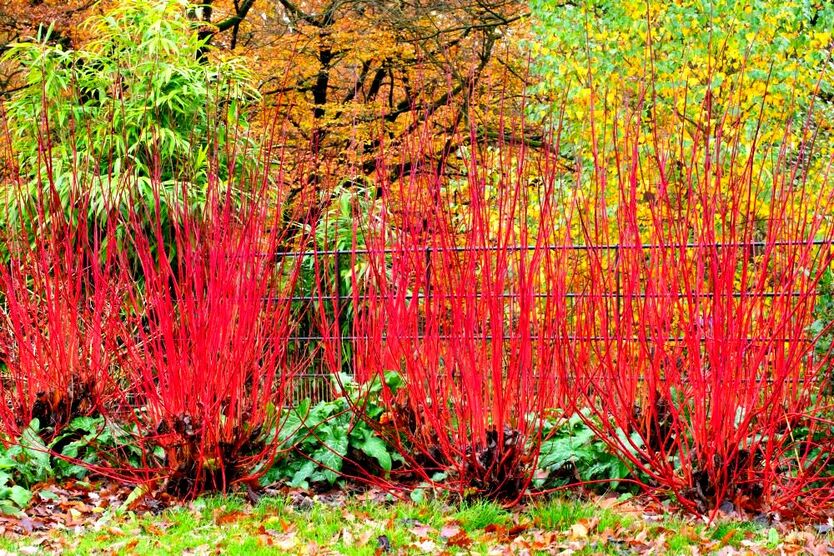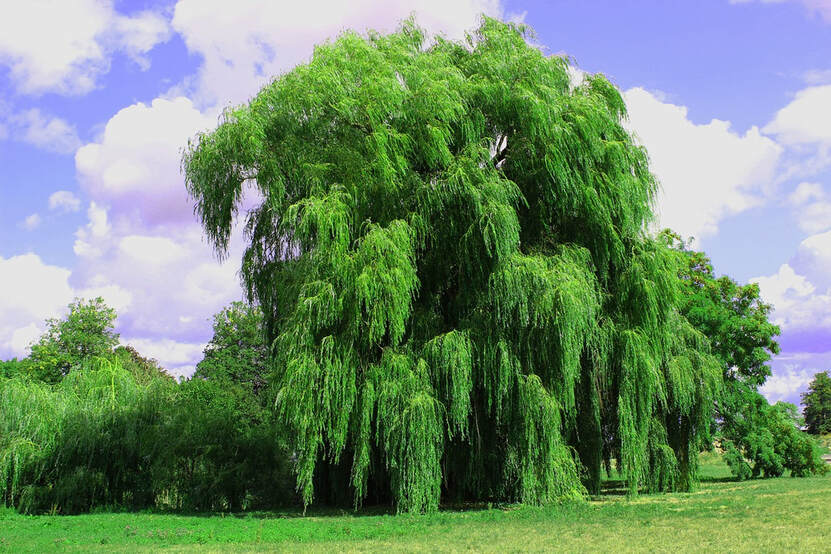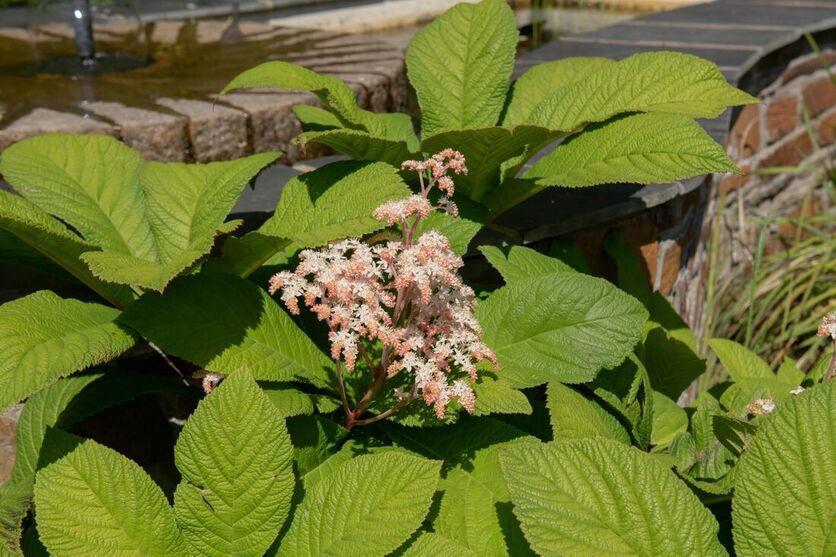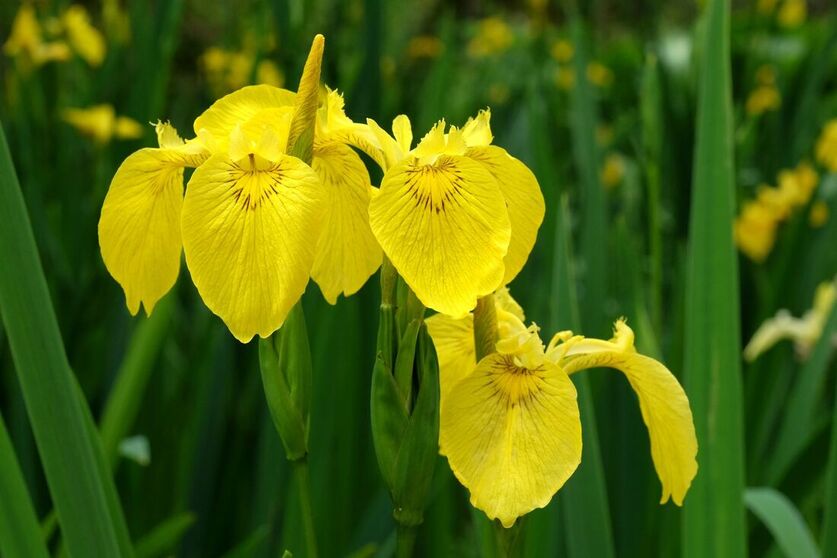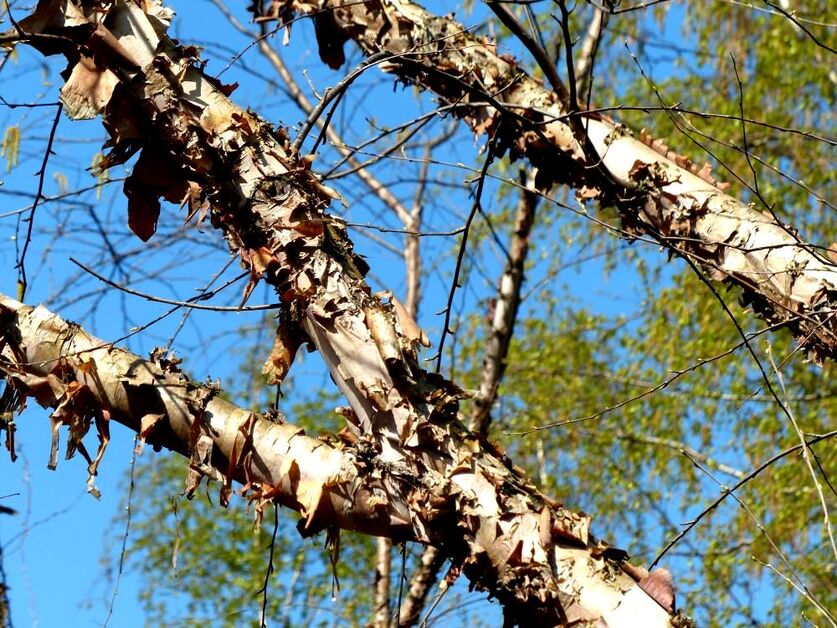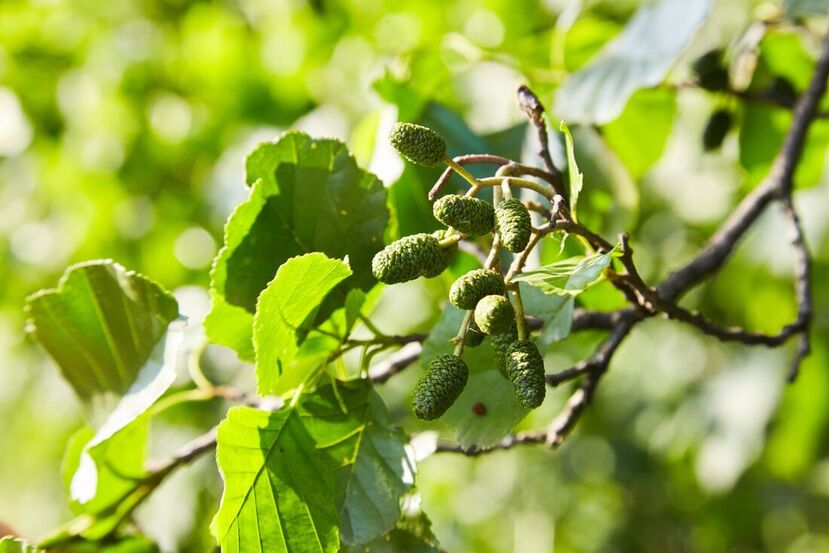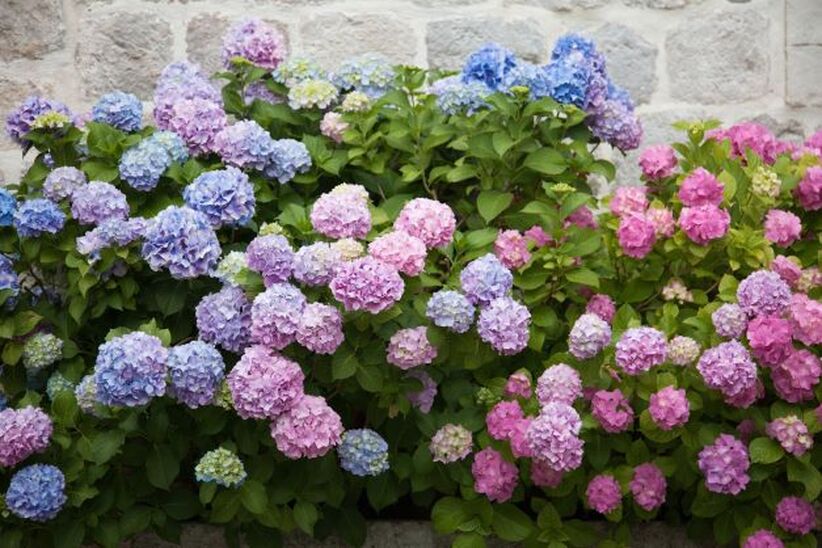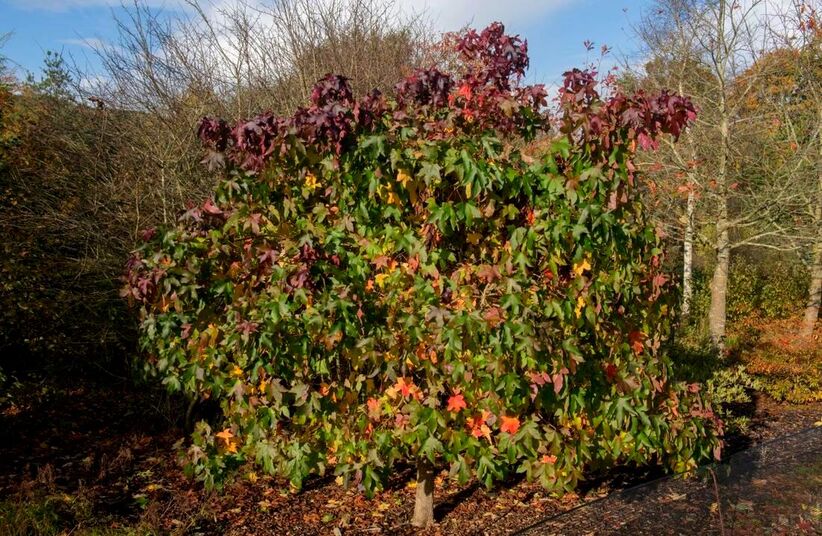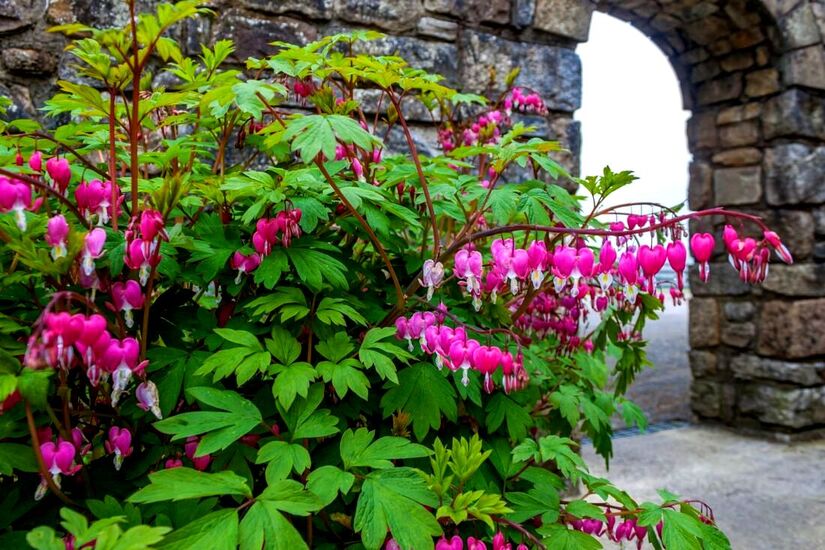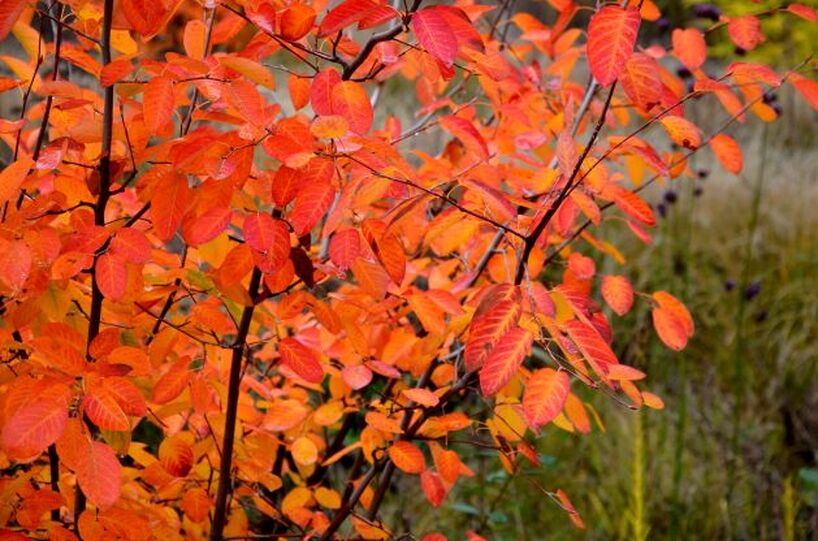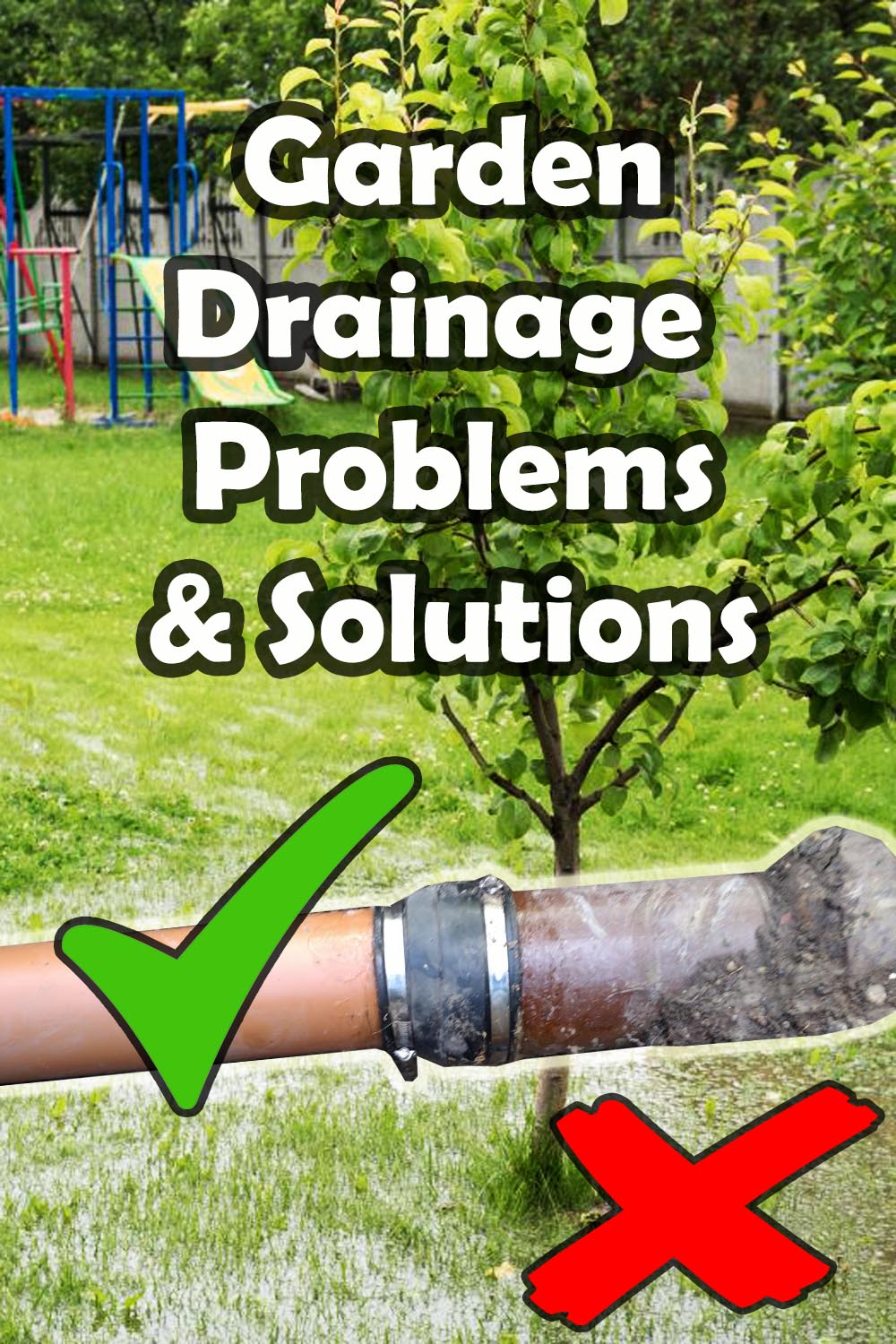|
This article contains affiliate links
Garden drainage is an essential element of reaching a usable and well cultivated garden.
Although drainage installations can help to reduce ground moisture they cannot always override what nature has in store. Some sites have a natural tendency to being boggy and saturated. This can be due to multiple, regional, factors such as hydrology, geology and topography. In any case improving any sites drainage can come down to a multi pronged approach.
This can include excavating drainage channels, soil improvement and levelling works. Landscaping on such sites successfully can also depend upon planting the correct plants and trees for drainage.
Not only will these tolerate wet soils but can also contribute to lowering soil saturation. In this article I identify 10 plant species ideal thriving within but also mitigating wet soil conditions. Reducing ground saturation with transpiration
Trees and plants which can tolerate wet soils can reduce ground moisture dramatically via transpiration. This process is where moisture evaporates from plants leaves drawing up more moisture up from the roots. Over a growing season trees in particular can transpire many gallons of water from the surrounding ground. It is not uncommon for landscapes to be cleared of vegetation only to have drainage problems emerge later. Consequently below I will list 10 species of plant which are effective at reducing ground moisture. 1. Cornus Siberica
Native to Siberia this deciduous shrub is well known for its tolerance of damp ground conditions. This shrub has lush oval shaped leaves which turn radiant colour tones during the autumn. In landscaping Conus Siberica is much favoured for its deep red stems during the winter. For this reason it is commonly coppiced or pollarded to provide winter colour.
2. Salix Alba
Commonly known as ‘White Willow’ this tree is known for its weeping branches and light coloured foliage. Native to Europe and Western Asia it grows in moist river basins and lowland regions. This tree is well known for its ecological value and ability to be maintained via coppicing. For more interest the contorted willow has twisted stems which are perfect for flower arranging.
3. Rodgersia
Rodegersia is a flowering perennial plant native to China and East Asia. This plant is much favoured for its large lobed leaves which give it a tropical feel. During summer it produces tall flowers with clusters of small attractive flowers. Rodgersia has the ability to tolerate dabbled shade making them suitable for woodland planting. More relevantly however these plants have a great tolerance to boggy and wet soil.
4. Iris pseudocorus
Commonly known as ‘Yellow Flag Iris’, this perennial is native to Eurasia and much loved for its yellow flowers. The ‘Yellow Flag’ is a robust plant which can be found growing along watercourses and boggy ground. It has a great tolerance of marshy conditions and can even thrive submerged under a foot of water. This plant has long sword shaped leaves and can form dense thickets of attractive foliage.
5. Betula nigra
Also known as the 'River Birch' this birch tree is specialised for thriving in damp conditions. Native to the Eastern United States this deciduous tree has become a favourite landscape specimen for waterlogged sites. With a firm root system the River Birch can also be utilised for erosion control. It has attractive peeling bark which provides much winter interest.
6. Alnus gutinosa
Native to North Africa, West Asia and Europe Alnus glutinous is a deciduous tree that likes wet soil. In its native range it inhabits the banks of rivers, marshlands and swamps. This tree is associated with its own wetland habitat called Alder Carr. This flooded woodland habitat can host a broad range of specialised species. Not only is Alder good for drainage it also helps to improve soil quality by raising fertility.
7. Hydrangea
Hydrangea is a type of flowering shrub native to Asia and America. This plant has become a favourite for gardeners with its large clusters of attractive flowers. The flowers come in a range of bright colours including white, pink, purple and blue. Hydrangeas are well known for their moisture tolerance making them ideal for landscape drainage.
8. Liquidambar styraciflua
Also known as the American Sweet gum this tree is native to the Southern Untied States. This medium sized tree is particularly loved for its star shaped leaves and attractive form. During fall the tree has the most dramatic a autumn colour displaying tones of reds, oranges and yellows. With a tolerance to wet soil this tree is also perfect for sites with poor drainage.
9. Lamprocapnos spectabilis
This perennial plant is famous for its spectacular flowers which look like small red hearts. Appropriately also known as ‘Bleeding Heart’ this unique plant is native to Asia. It has a tolerance to both partial shade and damp soil as long as it is well drained. This makes it suitable for adding some interest to gardens that have moist soil.
10. Amelanchier
Native to America and Eurasia this Genus of small trees and deciduous shrubs have become popular for their ornamental appeal. Also known as the ‘Serviceberry’ this plant has wonderful white and pink flowers which bloom during spring. Amelanchier is also highly prized for its berries and dramatic autumn colour. With a love of damp soil this is also a must have for gardens with poor drainage.
Thank you for reading our article on 10 plants that can improve gardens with poor drainage! If you require landscaping services why not contact us here.
Based in Amersham, we cover most of Buckinghamshire including neighbouring counties. We offer garden drainage services as well as patios, garden walls, new lawns, paths and garden makeovers. We have also recently opened an office in Norfolk. I will also link to some other relevant articles below to help your search.
'As an Amazon Associate I earn from qualifying purchases'
0 Comments
Leave a Reply. |
The Author
|
Landscaping services across Buckinghamshire, Amersham, Aylesbury & High Wycombe
Hyde Heath, Amersham, Buckinghamshire |
|
